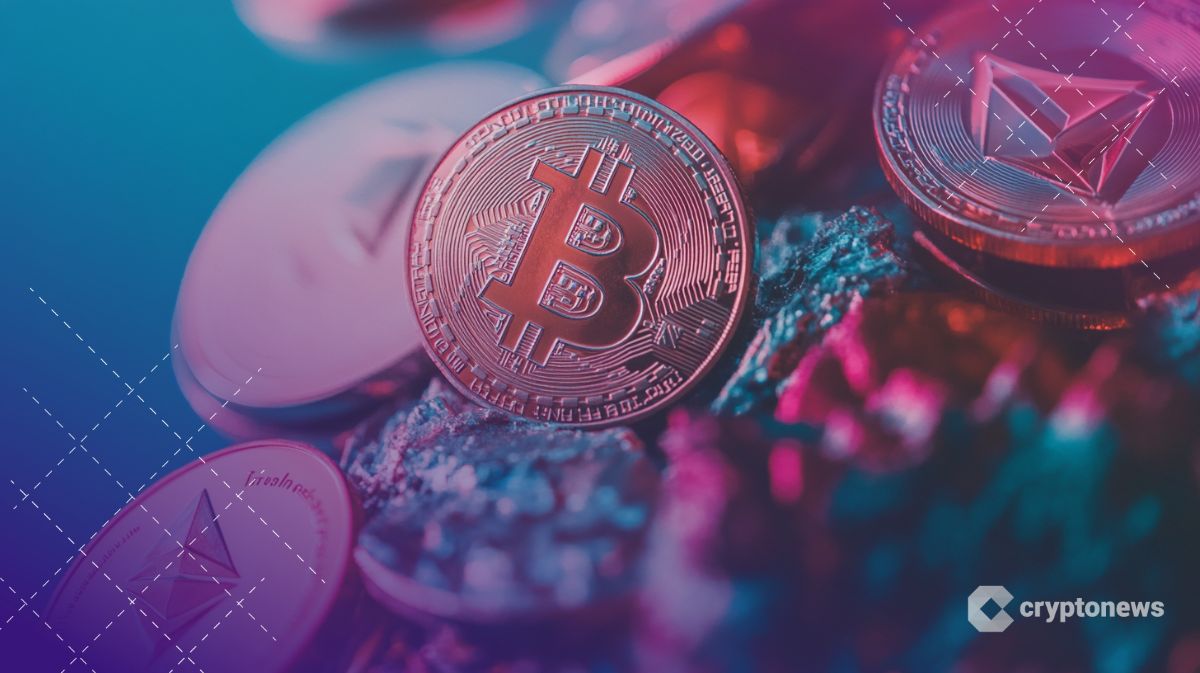Russia moves to legalize crypto in foreign trade
Russia’s stance on digital assets is evolving as policymakers seek to balance economic strategy with tighter oversight of a rapidly growing crypto market.
- Russia’s finance ministry and central bank have reportedly agreed to legalize cryptocurrency use for foreign trade payments.
- The move formalizes activity that has already seen Russian entities use digital assets like the A7A5 stablecoin for cross-border transactions.
- Regulators aim to integrate crypto into trade while tightening oversight to prevent misuse and sanction evasion.
The Ministry of Finance and the Central Bank of Russia have agreed to legalize the use of cryptocurrencies for foreign trade payments, according to local media on Oct. 22. The decision was announced by Finance Minister Anton Siluanov on October 21 after a strategic session focused on economic efficiency and fair business conditions.
Siluanov emphasized that cryptocurrencies are not only capable of facilitating payments but can also be used to move currency out of the country. He noted that with legalization, it is crucial for regulators to strengthen control measures to ensure order and compliance in this new market segment.
This move aligns with earlier remarks from financial industry leaders who suggest that 2026 could mark the start of balanced regulation for the local crypto market. Per the report, local estimates show that Russian citizens and businesses currently hold over 2.5 trillion rubles in digital assets, with crypto usage reducing dependence on foreign currencies.
The legalization effort highlights a major shift in Russia’s approach to digital currencies, aiming to integrate them safely into international economic activities while maintaining regulatory oversight.
Russia’s long-standing use of crypto in global transactions
Prior to the latest policy shift, the country had long used digital assets for transactions locally and internationally. For years, crypto has played a quiet but significant role in its economic activities, operating in the grey areas of global finance.
One of the most notable examples is the A7A5 stablecoin, a ruble-backed token linked to sanctioned Russian entities. Reports this year have traced over $15 billion in under-the-radar transactions linked to it, even as the U.S. sanctioned associated operators.
The token’s circulation has continued despite restrictions, reflecting how crypto tools have become central to the nation’s cross-border payment networks. The funds are reportedly used to support political and financial operations, evading traditional banking oversight.
Taken together, these revelations show that Russia’s crypto integration predates its new legalization plans. As regulators now move to formalize crypto use in trade, how existing informal networks are managed to enforce compliance remains to be seen.
You May Also Like

Pi Network News: New Developments Could Push Price to $0.40

Solana ETF Speculation Heats Up – Best Altcoins to Buy Before SEC Decision in October
